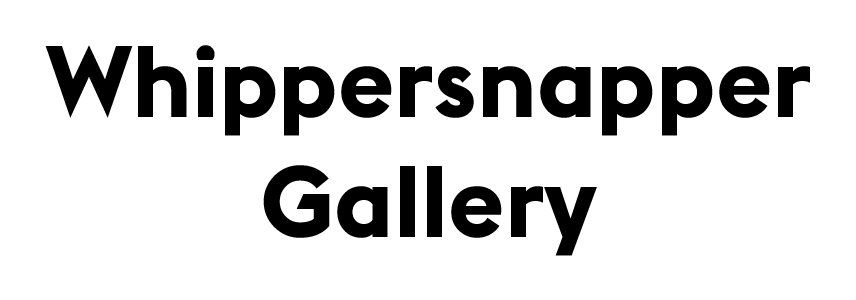Curated By Mohammad Rezaei, Joshua Vettivelu, Iain Soder And Jonathan Carroll
February 5th - 15th, 2015
Screening From 5pm – 2am Daily
At Whippersnapper Gallery, 594b Dundas St. West
Deep .gif Immersion Party: February 4th, 8 Pm – Midnight, At The Drake Underground
Whippersnapper Gallery’s Sidewalk Screening returns for a second year, highlighting the next generation of Canadian video and .gif artists. Sidewalk Screening will be presented as ongoing nightly projections at the galleryspace, each exhibition accompanied by an external event.
From January 9th – February 15th, 2015, under the umbrella of Sidewalk Screening, Whippersnapper presents two consecutive exhibitions and and two screening events. An online catalogue will be launched in early January featuring a commissioned essay written by Gabrielle Marceau.
A compilation of innovative .GIF expressions from artists across the country. The exhibition will be accompanied by the Deep .GIF Immersion Dance Party at the Drake Underground. Floor to ceiling.GIFs projection mash with music to create a #freakyflow.
SIDEWALKSCREENING.GIF FEATURES:
Morris Fox, Neil LaPierre, Teresa Tam, Steven Cottingham, Cat Bluemke, Adrienne Crossman, Coey Kerr, Lowell Smith, Miles Forrester, Benjamin Edelberg, Colby Jones, Cale Weir, Sam Roberts, Jess Mac, Will Kasurak, Jessalyn Carey, Jeremy Pavka & Karly Mortimer.
Whippersnapper Gallery graciously acknowledges the support of Canada Council For the Arts in making this project possible.
FEW WORDS ABOUT .GIF
GABRIELLE MARCEAU
It is always fascinating, and sometimes disorienting, to see a show of gif art mounted in a gallery. Rarely has there been a format so tied to its native environment: the gif exists on and was made for the internet. The gif as we know it was first seen in 1994, back when the internet was a lot less stylish and user friendly. You may recognize revolving “Under Construction” signs or dancing babies, both about as technologically sophisticated as that galloping horse cursor. These images rapidly became outdated and amateurish, signifiers of a dark age when most of us didn’t yet quite understand the internet. Artists, however, were quick to adopt the format and early gif art, such as Tom Moody’s Optidisc and Michael Bell Smith’s geometrical evocation of deep space, Revolving Door, celebrated its amateurish aesthetic. They were minimal, draft like, formally experimental and deeply kitsch. Since then gif art has diversified and we see artist like Heather Buckley, David Hoffos and Erdal Inci using the format to create cinematic, seamless and deliberately beautiful work.
The gif’s undeniably most popular use is in transferring found moving images into gif form (isolating frames into the looping components) so an eye roll, or that face dive or that dance move are culled from a full length video and given autonomy. These frame capture gifs are a faster, more concise way of consuming media information. The looping quality is both powerfully hypnotic and able to elevate an isolated moment, regardless of how insignificant, into something beautiful, camp, abstract or nostalgic. The frame grab gif is unique also in it’s potential for almost anyone to participate by a quite simple process of capture, loop and disseminate. It allows for rapid and easy sharing, shifting and re-appropriating within a conversation that is so vast, it is its own realm of reference, its own version of reality.





